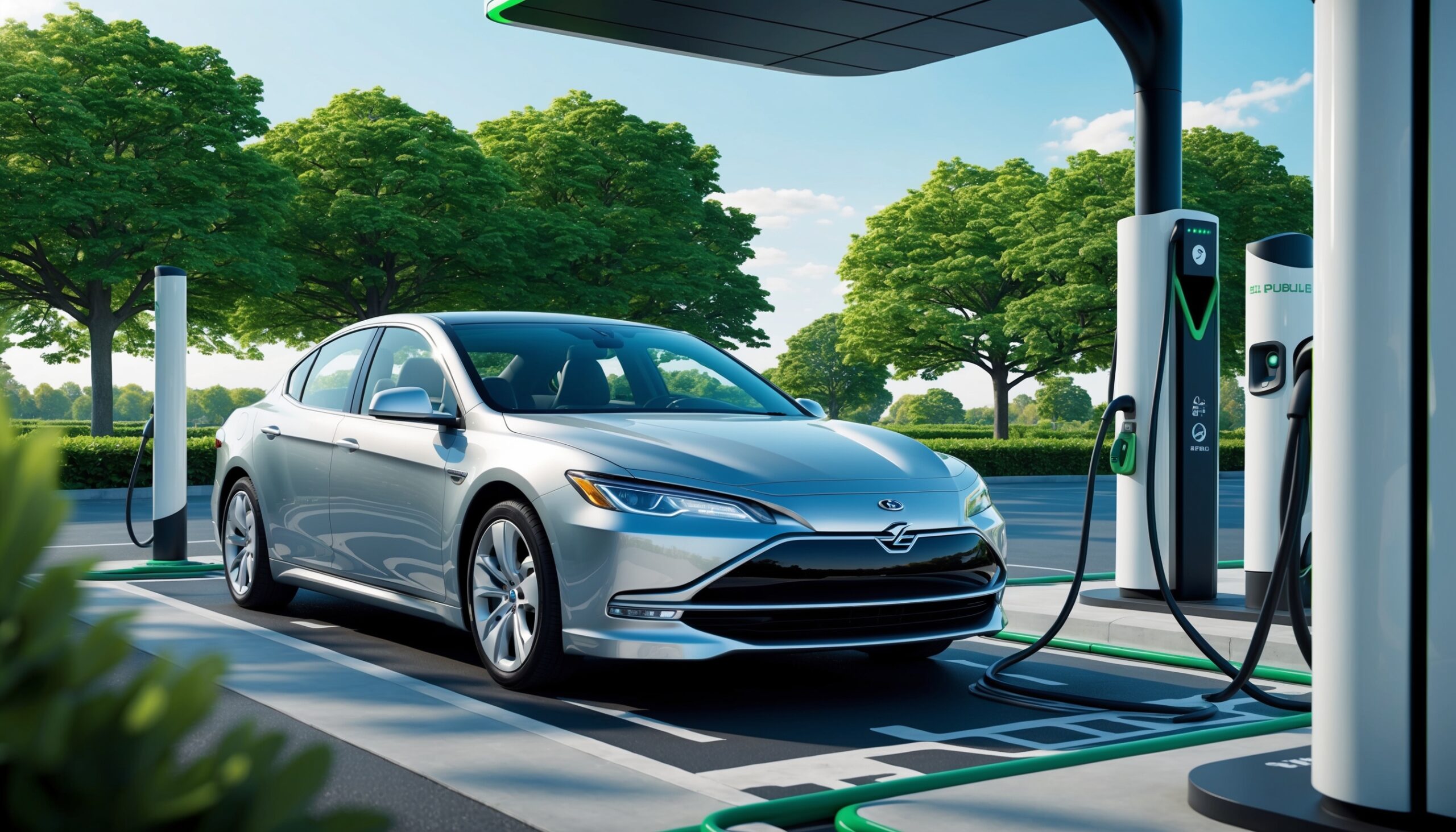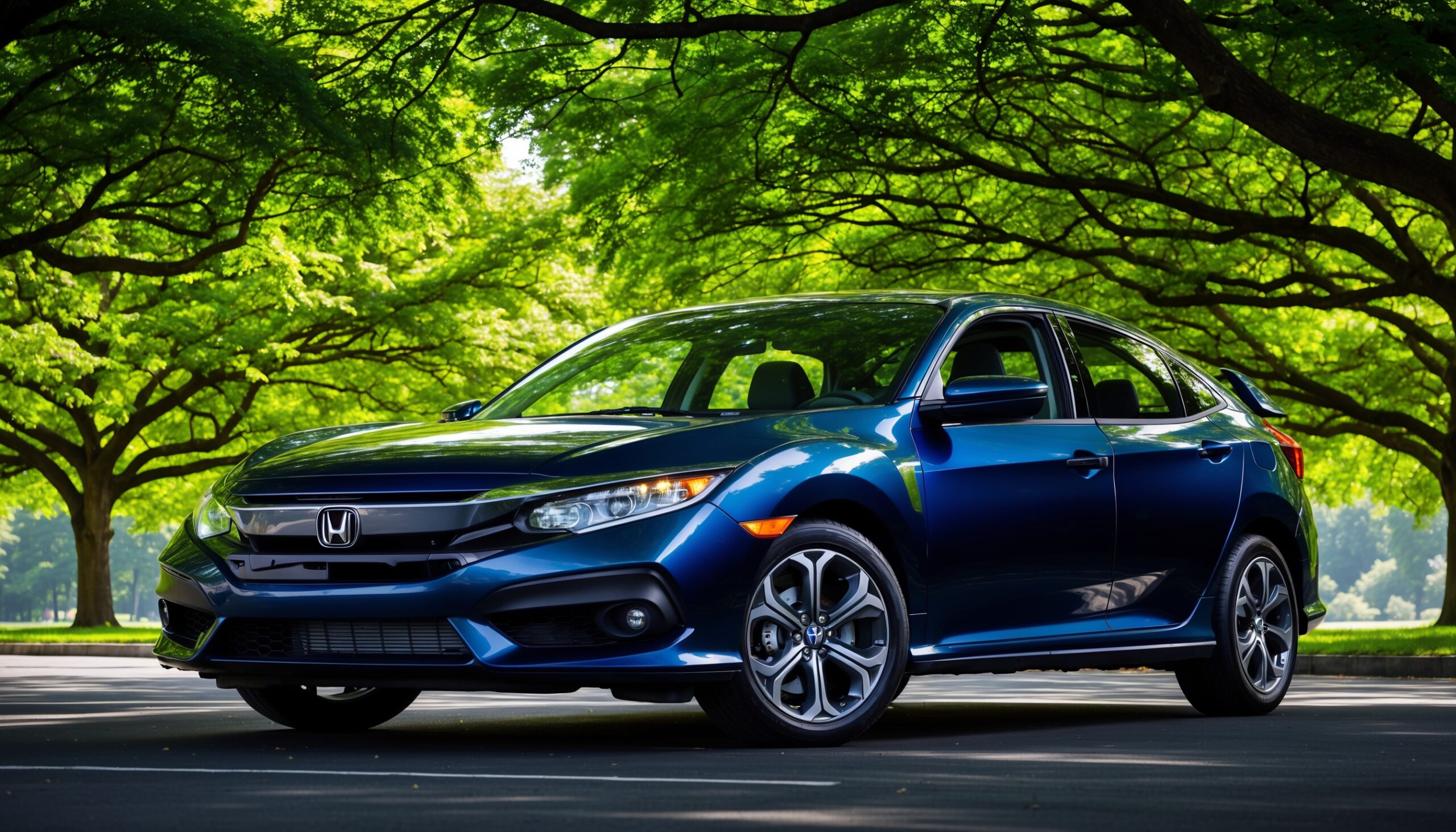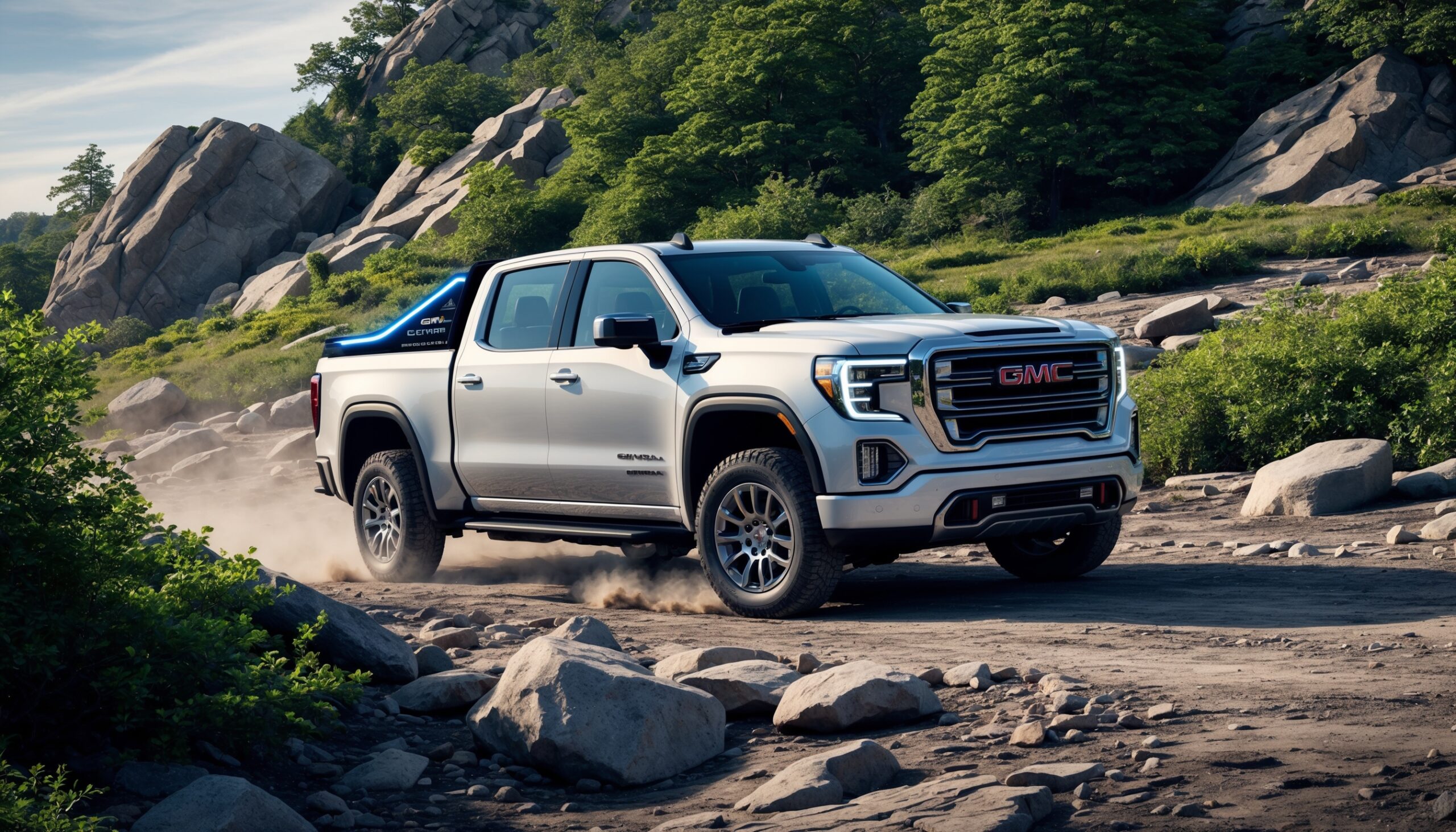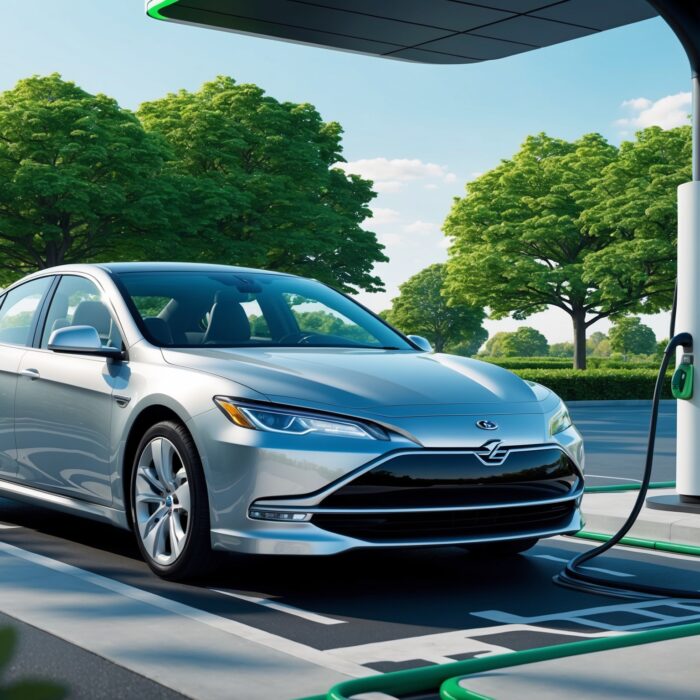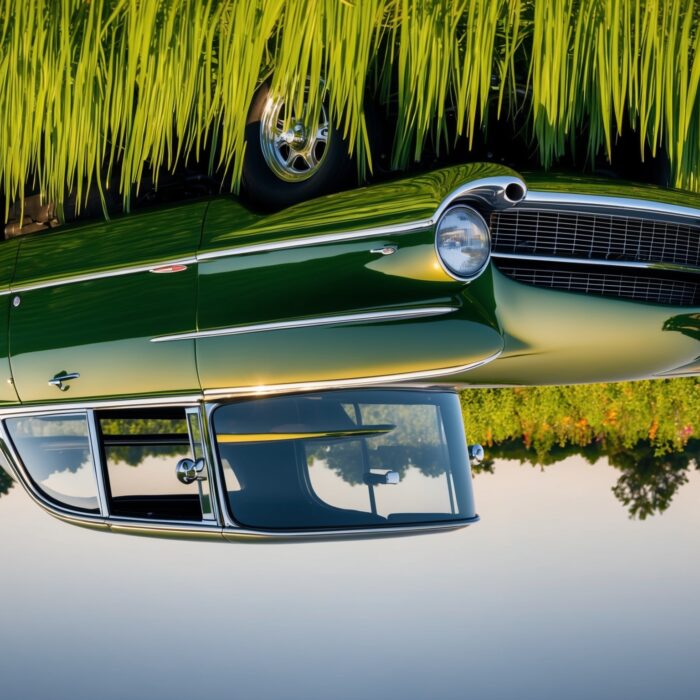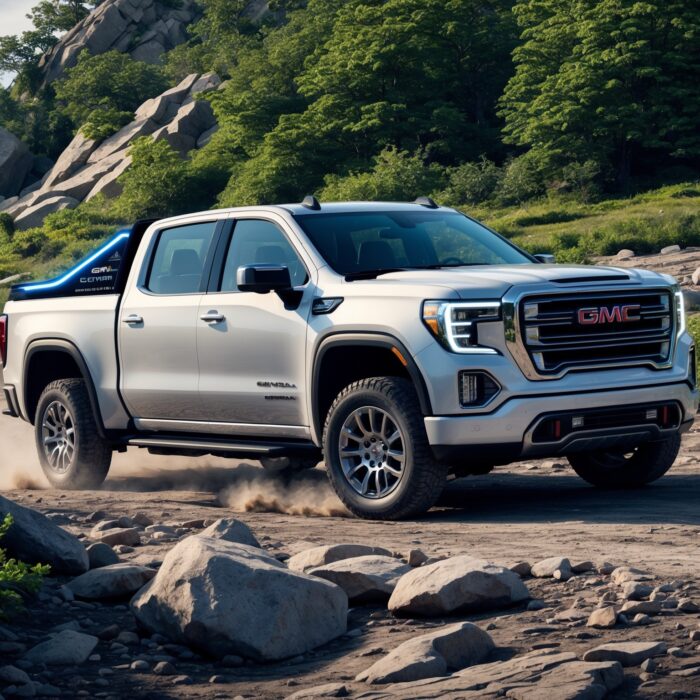The Push for “Green Steel” in Auto Body Production
When you think about the automotive industry, the first things that come to mind are probably sleek designs, powerful engines, and cutting-edge technology. However, as car enthusiasts, we must also turn our attention to a different kind of innovation—one that’s not just about speed and style, but sustainability. Enter “green steel,” a term that’s gaining traction in auto body production and could redefine how we think about vehicles and their environmental impact.
What is Green Steel?
Before we dive into why green steel matters for the automotive industry, let’s break down what it actually is. Traditional steel production is a significant source of carbon emissions, primarily due to the use of fossil fuels in the process. In contrast, green steel refers to steel that is produced using renewable energy sources and lower-emission methods.
One of the most exciting technologies in this realm is hydrogen-based direct reduction, which uses hydrogen instead of carbon to reduce iron ore into iron. The result? A product that not only retains the strength and durability of steel but also significantly lowers the carbon footprint associated with its production. In essence, green steel is the environmentally friendly sibling of conventional steel, and it’s making waves in various industries, particularly automotive.
Why the Automotive Industry is Embracing Green Steel
As the automotive landscape evolves, manufacturers are increasingly aware of their environmental responsibilities. Here’s why green steel is becoming a hot topic in auto body production:
- Regulatory Pressures: Governments worldwide are implementing stricter regulations on carbon emissions. Automakers face pressure to lower their environmental impact, and switching to green steel is a significant step in the right direction.
- Consumer Demand: Today’s consumers are more environmentally conscious than ever. Car buyers are increasingly seeking out vehicles that are not only fuel-efficient but also produced sustainably. Offering cars made with green steel can enhance a manufacturer’s appeal.
- Corporate Responsibility: Many companies are adopting sustainability goals as part of their corporate ethos. Using green steel aligns with these goals and reflects a commitment to protecting the planet.
- Innovation and Competitive Edge: Embracing new technologies like green steel can be a differentiator in a competitive market, providing a unique selling point that sets a brand apart.
The Process Behind Green Steel Production
Understanding how green steel is produced can shed light on its potential benefits. Traditional steelmaking involves smelting iron ore in blast furnaces, where carbon is introduced to extract the iron. This process releases a significant amount of CO2. In contrast, green steel uses hydrogen to replace carbon in the reduction process, resulting in water vapor instead of harmful emissions.
Here’s a simplified breakdown of the green steel production process:
- Hydrogen Generation: Renewable energy sources, such as wind or solar, are used to produce hydrogen through electrolysis, splitting water into hydrogen and oxygen.
- Direct Reduction: The hydrogen is then used in a direct reduction process with iron ore pellets, converting the ore into sponge iron without releasing CO2.
- Steelmaking: The sponge iron is melted and refined to create high-quality steel, ready for automotive applications.
The Environmental Impact of Green Steel
Now, let’s talk numbers. The steel industry is responsible for approximately 7% of global CO2 emissions, making it a significant player in the climate crisis. By switching to green steel, the automotive industry can make a substantial dent in these emissions.
Studies have shown that producing green steel can reduce carbon emissions by up to 95% compared to traditional methods. That’s not just a drop in the bucket; it’s a tidal wave of positive impact. Additionally, the use of renewable energy in steel production contributes to energy diversification and reduces reliance on fossil fuels.
Current Players in the Green Steel Space
Several automakers and steel producers are already stepping up to the plate to embrace green steel. Companies like Volvo, Ford, and Mercedes-Benz are leading the charge, aiming to incorporate sustainable materials into their vehicles. These companies recognize that the automotive industry must evolve, and they are committed to making a difference.
- Volvo: With a goal of becoming climate neutral by 2040, Volvo has announced plans to use green steel in its production processes.
- Ford: The American automaker is investing in new technologies, including partnerships with green steel producers, to foster sustainable manufacturing.
- Mercedes-Benz: This luxury brand is targeting carbon neutrality across its entire fleet by 2039, with green steel playing a significant role in achieving this goal.
The Challenges Ahead
While the potential of green steel is undeniable, the transition is not without its challenges. Here are some hurdles that the industry must navigate:
- Cost: Currently, producing green steel can be more expensive than traditional methods, primarily due to the technology and infrastructure required. Automakers will need to evaluate whether they can pass these costs onto consumers or absorb them.
- Scalability: The technology for green steel production is still being developed and scaled. For widespread adoption, manufacturers must invest in new facilities and processes.
- Supply Chain Adjustments: Integrating green steel into existing supply chains will require collaboration among automakers, steel producers, and technology providers.
The Future of Green Steel in Automotive
The future looks promising for green steel in the automotive industry. As technology advances and production methods become more efficient, we can expect to see a broader shift towards sustainable practices. Consumers are likely to become increasingly aware of how their vehicles are made, driving demand for greener options.
Moreover, the automotive sector is just one industry ripe for change. As green steel production scales up, it could influence other sectors, from construction to consumer goods, creating a ripple effect of sustainability.
What Can Car Enthusiasts Do?
As car enthusiasts, we have a unique role to play in this transition. Here are some ways to support the push for green steel and sustainable automotive practices:
Also Read: The Role of Blockchain in Automotive Supply Chain Transparency
- Educate Yourself: Stay informed about the environmental impact of automotive production and the benefits of green materials.
- Support Brands: Choose to purchase vehicles from manufacturers that prioritize sustainability and are making strides in green steel adoption.
- Advocate for Change: Use your voice to advocate for more sustainable practices in the automotive industry, whether through social media, car clubs, or community events.
- Engage in Discussions: Talk about sustainability with fellow enthusiasts. The more we discuss these topics, the more awareness we can raise.
The Role of Torque Feed in the Green Revolution
At Torque Feed, we believe in the importance of keeping our audience informed about the latest trends and technologies shaping the automotive landscape. The rise of green steel is an exciting development that reflects a growing commitment to sustainability in our beloved industry. As we continue to cover innovations and shifts in automotive production, we invite our readers to join us on this journey toward a greener future.
Conclusion: The Road Ahead
As the automotive industry navigates the challenges and opportunities presented by climate change, green steel stands out as a beacon of hope. With its potential to drastically reduce emissions and create a more sustainable future, it’s clear that this innovation is not just a trend—it’s a necessary evolution.
So, car enthusiasts, as we gear up for the future, let’s keep our engines running on knowledge, awareness, and a commitment to sustainability. The road to greener vehicles may be long, but with green steel at the forefront, it’s a journey worth taking.
Also Read: Modular Vehicle Platforms: Designing Cars for Multi-Purpose Use


